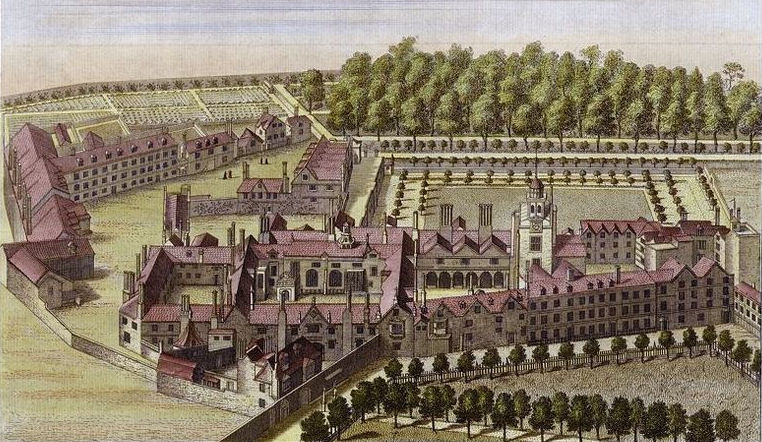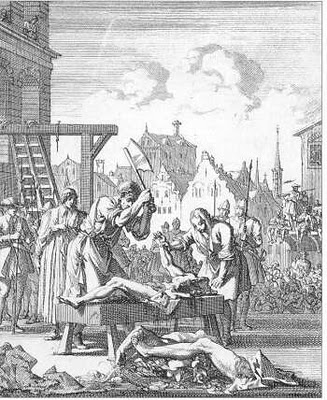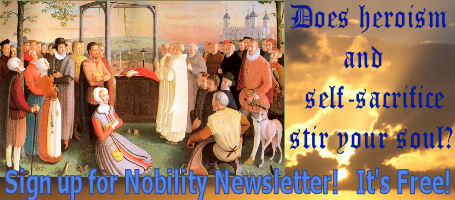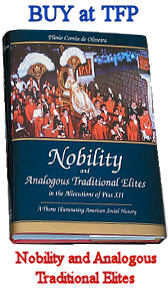The Carthusian Martyrs were the monks of the London Charterhouse, the monastery of the Carthusian Order in central London, who were put to death by the English state in a period lasting from the 19 June 1535 till the 20 September 1537. The method of execution was hanging, disembowelling while still alive and then quartering. The group also includes two monks who were brought to that house from the Charterhouses of Beauvale and Axholme and similarly dealt with. The total was 18 men, all of whom have been formally recognized by the Catholic Church as true martyrs.
At the outset of the “King’s Great Matter,” (the euphemism given to King Henry VIII’s decision to divorce Catherine of Aragon, marry Anne Boleyn and break with the Holy See) the government was anxious to secure the public acquiescence of the Carthusian monks, since they enjoyed great prestige for the austerity and sincerity of their way of life. When this attempt failed, the only alternative was to annihilate the resistance, since their refusal put the prestige of the monks in opposition to the king’s will. This took the form of a long process of attrition.
First Group
On 4 May 1535 the authorities sent to their death at Tyburn, London three leading English Carthusians, Doms John Houghton, prior of the London house, Robert Lawrence and Augustine Webster, respectively priors of Beauvale and Axholme, along with a Bridgettine monk, Richard Reynolds of Syon Abbey.
St. John Houghton
Protomartyr of the persecution under Henry VIII, b. in Essex, 1487; d. at Tyburn, 4 May, 1535. He was educated at Cambridge, graduating LL.B. about 1497, and later LL.D. and D.D.; he was ordained priest in 1501 and entered the Carthusian novitiate at the London Charterhouse in 1505, where he was professed in 1516. He filled the office of sacristan, 1523-28; of procurator, 1528-31; of prior of Beauvale, Nottinghamshire, from June to November, 1531; of prior of the London Charterhouse, 1531-35; and of provincial visitor, 1532-35.
In 1534, he asked that he and his community be exempted from the oaths required under the new Act of Succession, which resulted in both him and his procurator being arrested and taken to the Tower of London. However, by the end of May, they had been persuaded that the oath was consistent with their Catholicism, with the clause “as far as the law of Christ allows” and they returned to the Charterhouse, where (in the presence of a large armed force) the whole community made the required professions.

A View of the Charter House taken from the Green 1813, etching and aquatint, by the British printmaker Robert Havell I.
However, in 1535, the community was called upon to make the new oath as prescribed by the 1534 Act of Supremacy, which recognised Henry as the head of the Church in England. Again, Houghton, this time accompanied by the heads of the other two English Carthusian houses (Saint Robert Lawrence, Prior of Beauvale, and Saint Augustine Webster, Prior of Axholme), pleaded for an exemption, but this time they were summarily arrested by Thomas Cromwell. They were called before a special commission in April 1535, and sentenced to death, along with Saint Richard Reynolds, O.Ss.S., a monk from Syon Abbey, considered one of the foremost scholars of his day.
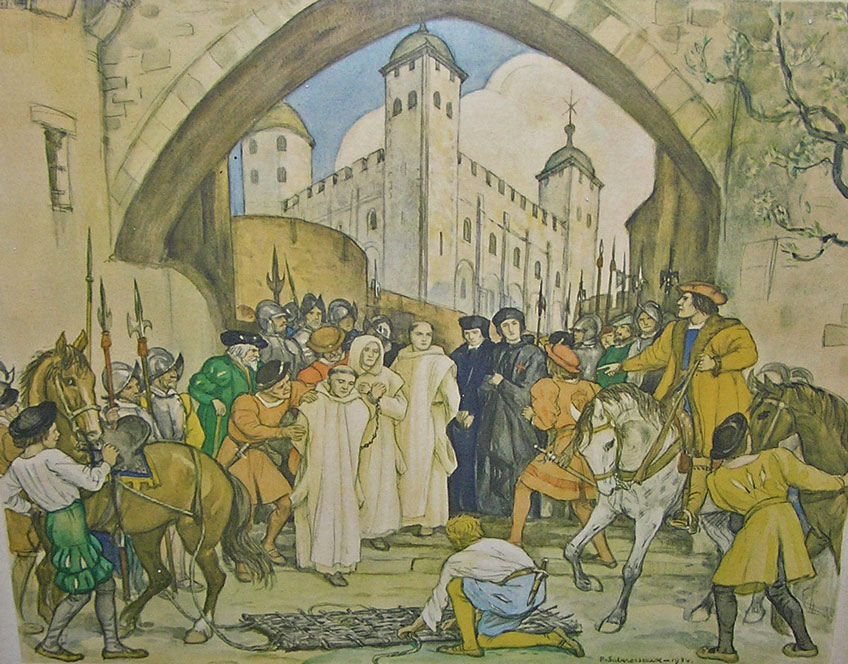
A Painting on the wall of the Martyrs’ Chapel in Our Lady of Good Counsel Church in Eastwood, Notts UK of the Martyrdom of St. John Houghton and Companions.
All four were indicted 28 April, 1535, under 26 Henry VIII, c. 1, for refusing the oath of supremacy. The jury at first refused to find them guilty, but were intimidated by Cromwell into doing so the next day. All were hanged in their habits without being previously degraded, and all were disembowelled while fully conscious, Houghton being the first to suffer and Reynolds the last.
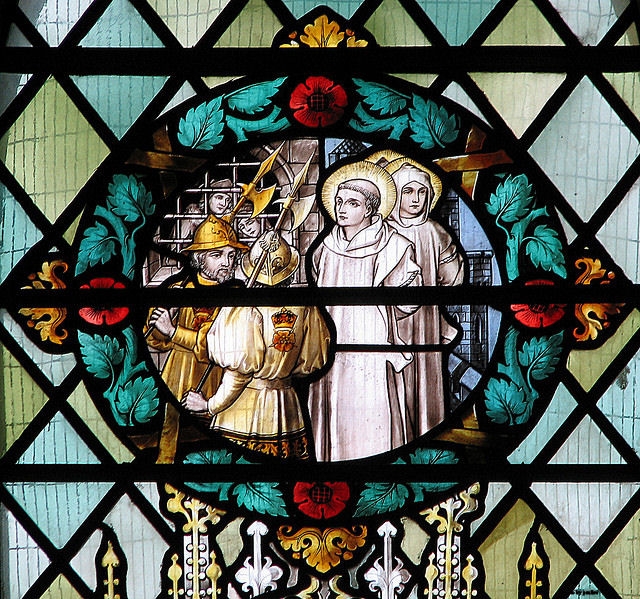
Martyrdom of St John Houghton & companions. Detail from a window in St. Dominic’s priory church in London.
With them died a secular priest, Blessed John Hale, LL.B., Fellow of King’s Hall, Cambridge, and Vicar of Isleworth, Middlesex, since 13 August, 1521. He took this living in exchange for the Rectory of Cranford, Middlesex, which he had held since 11 September, 1505. There is nothing to identify him with the Rector of Chelmsford of 1492. He may possibly be the person of this name who became scholar of Eton in 1485. He was indicted 20 April, 1535, with the perpetual curate of Teddington, Middlesex, named Robert Feron, for offenses against 25 Henry VIII, c. 22. Both pleaded guilty and were condemned; but Feron was pardoned. Hale was the fourth to suffer.
